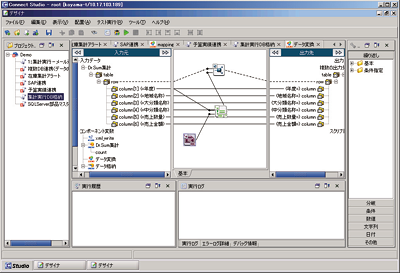Tell us if you can change the DDL or if you are stuck with it. You ar not thihnkingin sets yet and what to use your old procerual mindset. SUM() function with group by.

SUM is used with a GROUP BY clause. The aggregate functions summarize the table data. Once the rows are divided into groups, the aggregate functions are applied in order to return just one value per group.
It is better to identify each summary row by including the GROUP BY clause in the query resulst. Conditional sum in Group By query MSSQL. Ask Question Asked years, months ago. To calculate the sum of unique values, you use the DISTINCT operator e. We will use the employees table below for the demonstration purposes.
SUM can be used with numeric columns only. Null values are ignored. The IF function is useful when it combines with an aggregate function. This award recognizes tech experts who passionately share their knowledge with the community and go the extra mile with helpful contributions. Gibt die Summe aller Werte oder nur der DISTINCT-Werte im Ausdruck zurück.
I want to return the SUM of a field only if the sum is non-zero. Returns the sum of all the values, or only the DISTINCT values, in the expression. Is this possible in the same.
ELSE statement to control the flow of program. TypeName=‘调入单’和‘采购单’时 mtId. Ich hab eine Umsatzhitliste erstellt. SUM function to return null if null value exists. Auto-suggest helps you quickly narrow down your search by suggesting possible matches as you type.
Basically my requirement is. Please tell us what SQL product and release you are using. Of course you can specify search criteria using the SQL WHERE clause in your SQL SUM statement. SELECT SUM returns the sum of the data values.
The same approach can be used with SQL COUNT() function too. This SQL Server tutorial explains how to use the IF. The string input is implicitly cast to a numeric value of DECFLOAT(34). The arguments can also be a character string or graphic string data type. In den weiteren Teilen werden spezifische Aspekte der Sprache definiert.
SUM () and COUNT() functions. This is a good case for using the SUMIFS function in a formula. Have a look at this example in which we have two conditions: we want the sum of Meat sales (from column C) in the South region (from column A).
It returns sum of numeric values in collection. This argument is optional, and you need to use it only if you want to sum cells other than defined in the range argument. If the sum _range argument is omitte Excel will sum the same cells to which the criteria is applied (i.e. specified in the range argument).
To sum numbers based on other cells being equal to either one value or another (either x or y), you can use the SUMIF function. Sum if cells are equal to. In this example, we will see how to find out the sum of values of a numeric column in a table. Sometimes you want to count the number of which meet a certain condition. Excel has a COUNTIF() function but there is nothing like that in the (current) SQL standard.
Es würde aber zu weit führen, hier einen Access grundkurs zu veranstalten. Der SQL Befehl HAVING kann man als WHERE des GROUP BY bezeichnen. HAVING folgt immer dem GROUP BY, kann also nicht davor stehen.
Mit HAVING kann man die Ausgabe auf.
Keine Kommentare:
Kommentar veröffentlichen
Hinweis: Nur ein Mitglied dieses Blogs kann Kommentare posten.